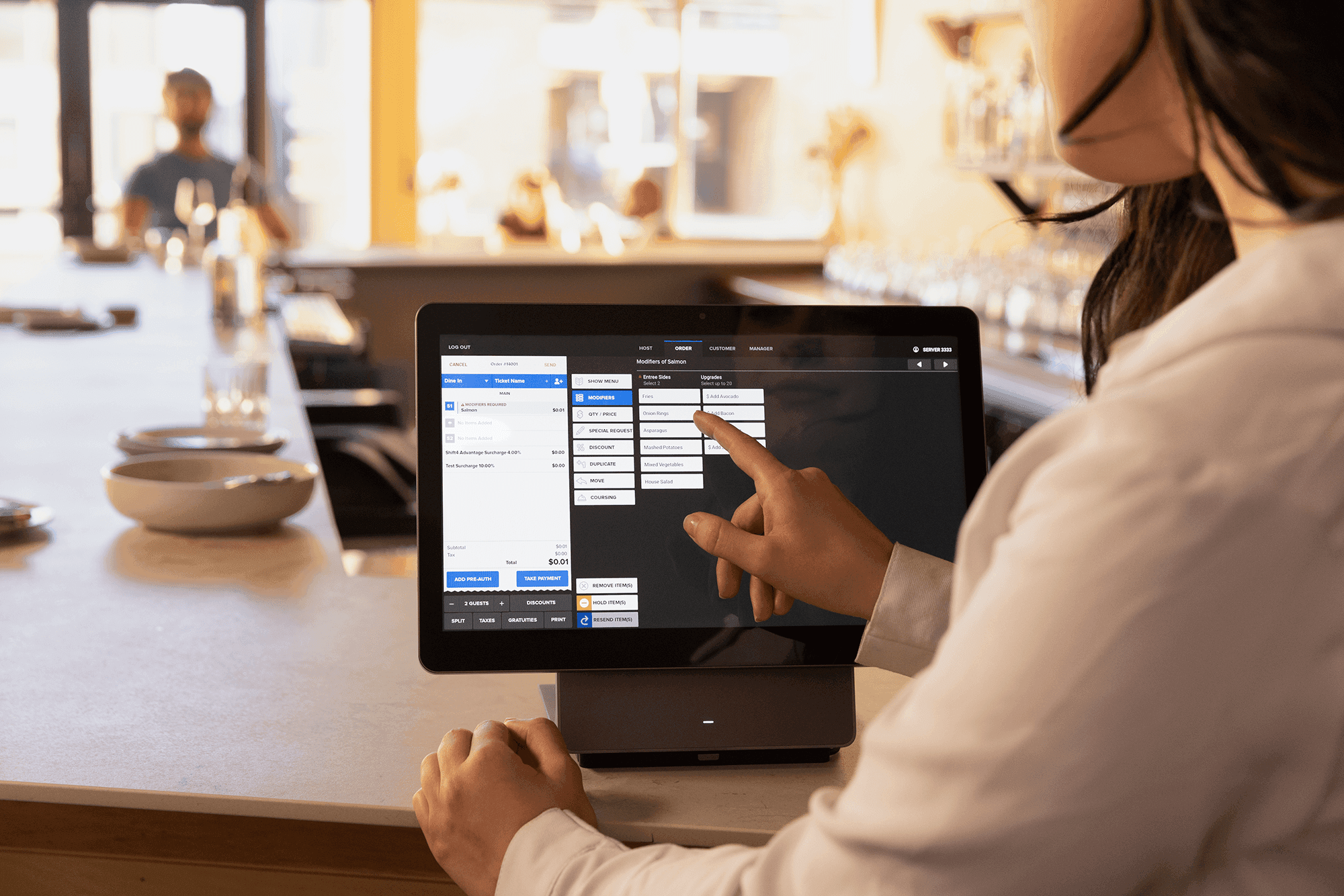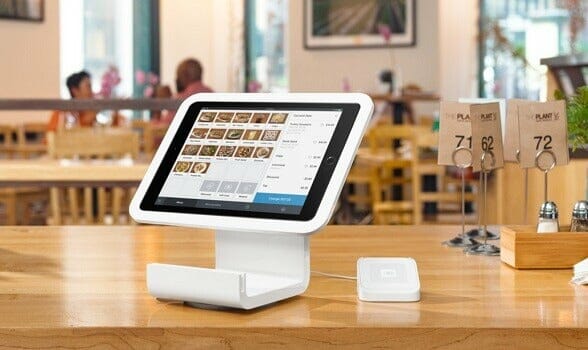Just How POS System Works: A Comprehensive Overview for Entrpreneurs
A POS system works as a necessary tool for modern-day businesses, incorporating various components to streamline procedures. It incorporates equipment like barcode scanners and software program offer for sale tracking. This system not just refines deals however also manages stock and examines client behavior. Recognizing its capability can considerably affect a business's effectiveness and decision-making. What are the crucial elements that add to this performance? Checking out these parts offers valuable understandings.
Recognizing the Elements of a POS System
A Point of Sale (POS) system is composed of numerous vital components that function with each other to assist in purchases and take care of company operations. At its core, the equipment consists of gadgets such as a sales register, barcode scanner, receipt printer, and payment incurable, all essential for processing sales (Restaurant POS Software). The software application element takes care of inventory, sales tracking, and client information, offering valuable understandings for organization decisions.Additionally, databases store transaction records and customer information, making sure data stability and security. Network connectivity allows real-time updates and accessibility to cloud-based solutions, enhancing operational efficiency. Interface, created for simplicity of usage, allow personnel to navigate the system swiftly, reducing training time. With each other, these components produce a natural system that simplifies the sales procedure, enhances client service, and help in efficient monitoring of business sources. Recognizing these elements is important for company owner seeking to maximize their POS systems
Exactly How Sales Purchases Are Processed
When a client chooses to make a purchase, the sales transaction launches a series of methodical actions within the POS system. First, the cashier inputs the things being acquired, which are scanned via a barcode visitor or manually entered. This activity recovers item details, including prices and suitable taxes, from the system's database.Next, the consumer exists with the total amount due. The POS system then processes the settlement, whether through cash money, bank card, or mobile settlement approaches. For electronic repayments, the POS firmly communicates with settlement cpus to license and verify the transaction.Once the settlement is confirmed, the system creates a receipt, which can be published or sent out electronically. This invoice functions as receipt for the customer. The deal data is videotaped in the system, ensuring precise sales documents and monetary tracking for the service.
Supply Monitoring and Monitoring
Effective stock monitoring and monitoring are crucial parts of a POS system, as they assure that organizations maintain suitable supply levels and lessen discrepancies. A durable POS system enables real-time stock updates, showing sales and returns immediately. This enables service proprietors to check stock degrees properly, making sure that preferred products are conveniently offered while avoiding overstocking of less preferred products.Additionally, advanced POS systems offer features such as automated supply alerts and reorder ideas, simplifying the procurement procedure. Barcoding and RFID technology improve accuracy in tracking inventory activity, lowering human error. Extensive coverage tools supply understandings right into stock turn official statement over prices, helping services make educated decisions concerning buying and product offerings. Eventually, effective inventory management through a POS system not only improves operational efficiency yet likewise boosts consumer complete satisfaction by making sure item accessibility.

Assessing Customer Data and Insights
Customer data analysis acts as an effective tool for organizations using a POS system. By collecting and taking a look at purchase information, companies can discover useful understandings concerning customer behavior and preferences. This evaluation allows them to identify purchasing trends, peak buying times, and preferred products, thus educating inventory decisions and advertising and marketing strategies.Additionally, companies can section their client base, enabling customized advertising initiatives that Clicking Here satisfy certain demographics or acquiring behaviors. Recognizing consumer commitment patterns additionally helps in establishing targeted promos and rewards programs.The data obtained from a POS system can likewise disclose insights into customer feedback, enabling companies to make enlightened decisions relating to product offerings and solution improvements. Eventually, leveraging customer information efficiently can enhance the general shopping experience, foster client contentment, and drive earnings growth.
Advantages of Applying a POS System
Executing a POS system provides many advantages that can substantially improve service operations. To begin with, it streamlines purchase procedures, minimizing delay times and improving consumer satisfaction. By automating sales procedures, companies can minimize human error and guarantee exact record-keeping. Additionally, a POS system gives important information analytics, making it possible for proprietors to track sales fads and supply levels in real-time. This understanding sustains informed decision-making, helping to maximize stock management and marketing strategies.Moreover, numerous POS systems incorporate with various other service devices, such as bookkeeping software program, streamlining monetary management. Enhanced staff member management attributes, such as tracking hours and performance, further add to functional efficiency.Lastly, the implementation of a POS system can cause raised revenue with boosted customer experiences and tactical understandings, inevitably cultivating company development and sustainability.
Often Asked Inquiries
What Sorts Of Businesses Can Benefit From a POS System?

Just how much Does a POS System Generally Cost?
The expense find here of a POS system usually ranges from a few hundred to several thousand dollars, depending on functions, equipment, and software application - Restaurant POS Software. Companies should think about ongoing fees for maintenance, assistance, and purchase processing when budgeting

Can I Incorporate a POS System With Existing Software?
Integrating a POS system with existing software application is commonly practical. Lots of systems use APIs or built-in compatibility functions, enabling services to enhance operations and improve capability by linking various software application applications successfully.
What Training Is Required for Personnel to Utilize a POS System?
Training for staff to make use of a POS system normally consists of understanding software program performances, refining transactions, handling stock, and managing customer interactions - Restaurant POS Software. Practical demonstrations and hands-on practice enhance proficiency and self-confidence in using the system properly
What Takes place if the Web Goes Down While Making Use Of a POS System?
If the net decreases during POS system usage, purchases may be interrupted. Several systems offer offline capabilities, permitting standard procedures to continue, but complete capability, consisting of real-time stock updates, will be limited.